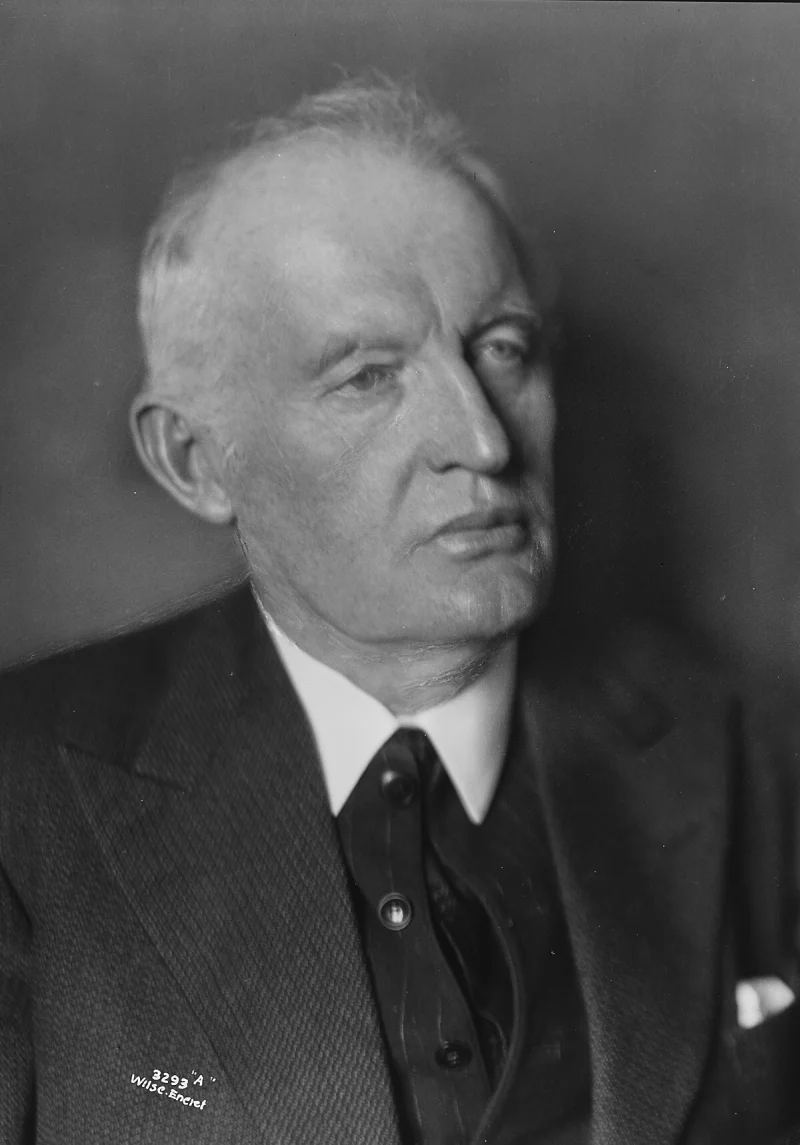Short Summary
Edvard Munch was a Norwegian painter and printmaker, best known for his iconic work, "The Scream." His pioneering style significantly influenced the German Expressionism movement, making him a central figure in modern art. Munch's exploration of psychological themes and human emotion marked him as a pioneer in expressing the existential struggles of modern man through art.
Early Life & Education
Born on December 12, 1863, in Loten, Norway, Edvard Munch faced a childhood marked by tragedy. His mother died of tuberculosis when he was just five, and his father passed away when he was 14. These early experiences of loss deeply influenced his future work. Munch was initially educated at home due to frequent illness, but he later attended the Royal School of Art and Design in Christiania (now Oslo). His early exposure to Impressionism and Post-Impressionism, along with his personal hardships, shaped his distinctive style that would later become synonymous with existential anguish.
Career Highlights
Munch's career began in the 1880s with his participation in the Kristiania (Oslo) bohemian circle. He achieved his first significant breakthrough with the painting "The Sick Child" in 1885-1886, which was inspired by the death of his sister. By the 1890s, Munch had developed a unique style characterized by emotive swirls and vibrant colors. His "Frieze of Life" series, which included "The Scream," solidified his reputation as a master of psychological art. During his career, Munch exhibited throughout Europe, influencing artists and movements with his innovative approach to depicting raw human emotion.
Major Achievements
- Produced "The Scream," an iconic work symbolizing modern existential anxiety.
- Developed the "Frieze of Life" series, exploring themes of love, anxiety, and death.
- Influenced the development of Expressionism, impacting artists such as Egon Schiele and Ernst Ludwig Kirchner.
- Comprehensive retrospective at the Berlin Secession in 1892, which bolstered his international reputation.
Famous Quotes
- "From my rotting body, flowers shall grow and I am in them and that is eternity."
- "I do not believe in the art which is not the compulsive result of man's urge to open his heart."
Interesting Facts
- "The Scream" has four versions: two paintings, a pastel, and a lithograph.
- Munch's works were among those labeled as "degenerate art" by the Nazis.
- "The Scream" has been stolen twice, in 1994 and 2004, but was recovered both times.
Legacy / Influence
Edvard Munch's exploration of psychological and existential themes paved the way for modern art movements like Expressionism and Symbolism. His emphasis on emotional authenticity and personal experience influenced countless artists, shaping the development of modern visual culture. Munch's work continues to captivate audiences with its raw portrayal of human emotion and his innovative artistic techniques.
FAQ
Q: Why is Edvard Munch famous?
A: He is renowned for his painting "The Scream" and his influence on Expressionism.
Q: What themes did Munch explore in his art?
A: He explored themes of love, anxiety, death, and existential angst.
Q: How did early life experiences influence his work?
A: The early loss of his mother and sister deeply influenced his focus on themes of death and suffering.












